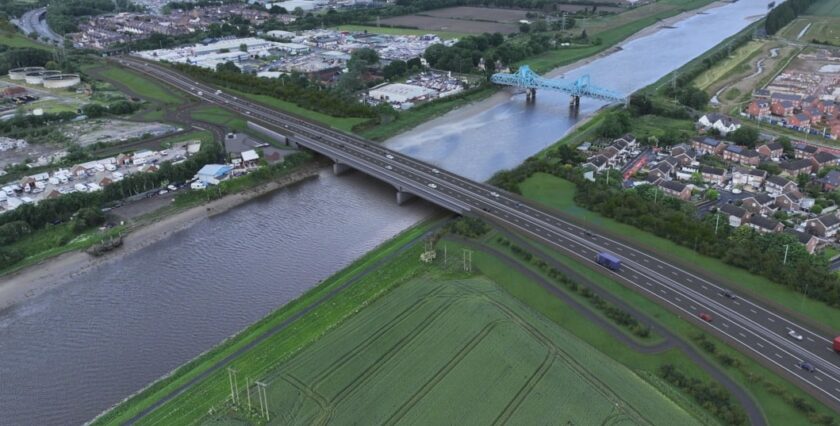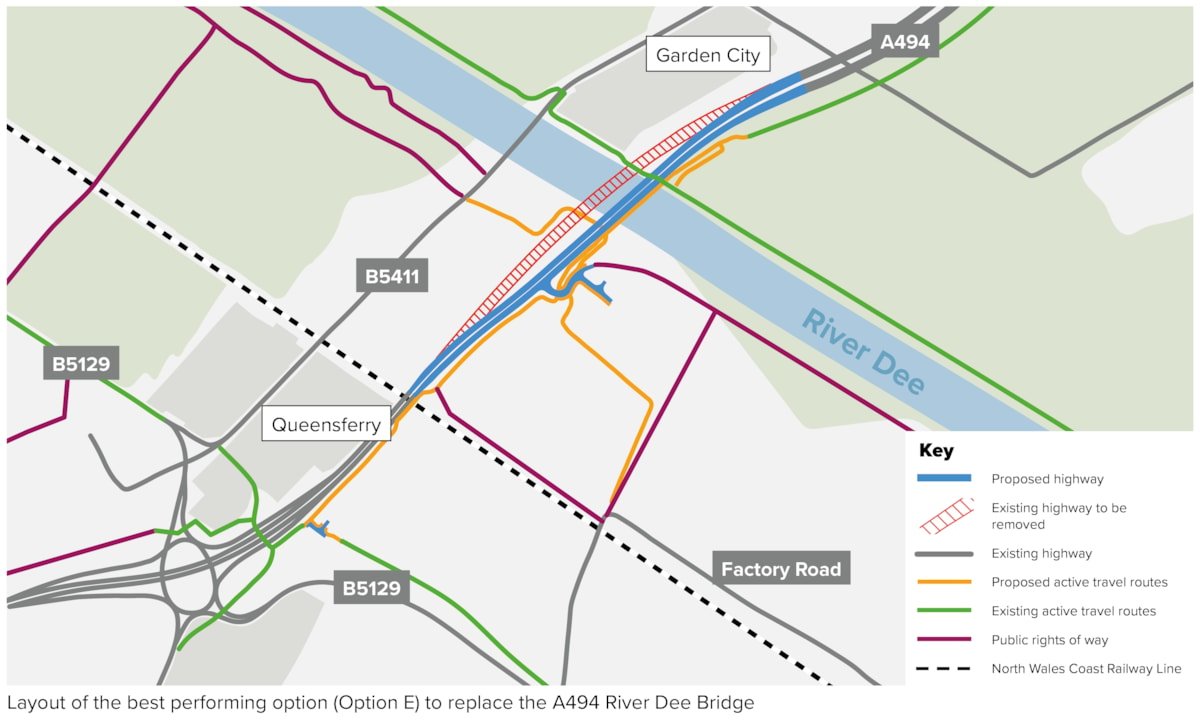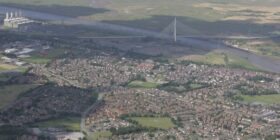Preferred option chosen for A494 River Dee Bridge rebuild

The Welsh Government has confirmed that Option E will be taken forward as the preferred design for the replacement of the A494 River Dee Bridge.
Five design options were considered during a public consultation. Option E was identified as the best performing, balancing cost, environmental impact and practicality, and receiving strong public support.
Option E will see a new bridge built around 15 metres southeast of the existing structure, carrying two lanes of traffic in each direction, with a shared-use path for pedestrians and cyclists. The scheme will also provide up to 3 kilometres of improved active travel routes.
“The plans can now move ahead to the next stage with a view to publish the draft orders later this year,” said Cabinet Secretary for Transport and North Wales, Ken Skates.

A preliminary design is being developed further, taking into account feedback from the consultation. Draft Orders and an Environmental Statement are due to be published in autumn 2025. Public exhibitions will be held at the same time, with the project team available to answer questions.
Construction is expected to begin between late 2026 and early 2027. The new bridge will be built southeast of the existing structure, which will remain in use during much of the work to minimise disruption.
The existing bridge is in need of increasingly frequent repairs, with inspections showing a rising risk of major interventions that could lead to closures.
The wider scheme also includes a new underbridge through the North Wales Coast Railway embankment to support active travel, upgrades to the A494, sustainable drainage systems, and a new junction near the Riverside area. Derelict sites around Queensferry Interchange will be cleared to create green space and new active travel links.
Environmental improvements are planned as part of the project, including wildflower verges, native woodland planting and habitat restoration.
The Welsh Government reviewed the original preferred option identified in 2019 to better align with current transport and environmental policies, ensuring greater value for money and resilience.
Ken Skates said: “Fixing our roads is a priority for this government and we are moving ahead with the plans for a replacement for the A494 Dee Bridge. I’m pleased today to be able to announce the preferred option, which is the most cost-effective and has the least environmental impact. I’d like to thank everyone who took part in the consultation on the future of this vital road link.”
The five proposed options were:
Option B – New twin structure bridge with active travel link in rail underbridge
Two new bridges would replace the existing River Dee Bridge. The railway verge area would be reconfigured to add an active travel path. Includes up to 3km of new and improved walking and cycling routes.
Option C – New twin structure bridge with separate rail underbridge for active travel
Two new bridges would replace the existing structure. A new underbridge would be built through the railway embankment to provide a dedicated active travel path. Includes up to 3km of new and improved active travel routes.
Option D – Off-line single bridge with new westbound rail underbridge
A new bridge would be built upstream from the current structure. The existing bridge would either be re-purposed for non-motorised use or demolished. A new underbridge would be built through the railway embankment for westbound traffic and active travel. Includes up to 3km of new and improved active travel routes.
Option E – Off-line single bridge with active travel link in rail underbridge
A new bridge southeast of the existing one, carrying two lanes of eastbound and westbound traffic. The railway verge area would be reconfigured to include a shared-use path for pedestrians and cyclists. Includes up to 3km of new and improved walking and cycling routes. Identified as the best-performing option due to its alignment with current policies and value for money.
Option F – Off-line single bridge with separate rail underbridge for active travel
A new bridge upstream from the current structure. A dedicated active travel underbridge would be built through the railway embankment. Includes up to 3km of new and improved active travel routes.










